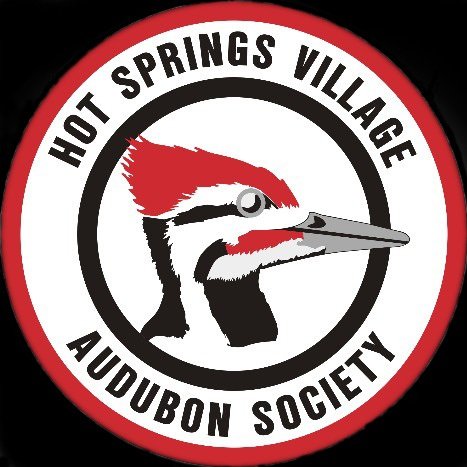Bird Food & Recipes
Bird Seed
The best all-around attractant for birds is black-oil sunflower seed—high meat-to-shell ratio, high in fat, and its small size and thin shell make it easy for small birds to handle and crack. Black-oil sunflower is among the favorite feeder foods of cardinals, chickadees, finches, and sparrows. See the Sales page for information on the Spring and Fall HSV Audubon Society bird seed sale.
Suet
Suet is a good choice for attracting insect-eating birds such as nuthatches and woodpeckers. Most suet is beef kidney fat. Care should be taken in hot weather lest the suet become rancid. Usually, commercial suet has been specially processed but check the package.
A good warm-weather alternative is the following Magic Mix recipe. Some members have tested whether birds prefer store bought suet cakes or Magic Mix. In some yards, bird eat 3 to 4 cakes made of Magic Mix to the purchased suet cakes.
Hsv Audubon MAGIC MIX
Suet logs - available at HSV Audubon Store
Melt 1 lb.(2 cups) of lard
Mix in 1 lb. (2 cups) peanut butter
Add 3 cups oats (either quick or old-fashioned)
2 cups corn meal
1 cup whole wheat flour (any flour will do).
Stir to mix thoroughly. During warm weather, add more flour. Avoid too much flour as the mix will crumble when spooning it into the log feeder holes. Store the mix in the refrigerator.
It is not necessary to add seeds. Most insect eating birds will not eat the seeds and their fledglings should not have them. To discourage squirrels, try adding 3 Tbs. of cayenne pepper.
Mixture can also be placed in foil lined 9" square pan, chilled and cut into squares to make your own "suet" cakes. Or spoon mixture into cupcake cups and place in refrigerator; this is a good size and shape for log feeders.
Nectar
To provide hummingbird feeders, use one part sugar to four parts boiling water to make the nectar. Adding red food coloring to nectar is unnecessary and possibly harmful to birds. NEVER use honey as a sweetener as it grows mold that can injure hummingbirds.
Natural Foods
Birdscaping your yard with native vegetation is one of the best ways you can help improve the environment. Choose what birds you would like to attract, then learn what plants they prefer. Remember, a variety of plants attracts the greatest diversity of bird species. Grow a variety of plants that bloom at different times, providing food throughout the year.
Consider perennials like black-eyed Susan and sunflowers for flowers and seeds; tubular-shaped nectar-producing flowers to attract hummingbirds; plants like cinnamon fern and thistle to provide soft nesting material; small trees and fruiting plants such as crabapples, dogwood, serviceberries, sumacs, and viburnum; conifers such as pine and spruce to provide cover, sap, seeds, and nesting sites; and deciduous trees such as oaks, beech, and hickories to provide nuts, and good nesting locations.
Mealworms
Mealworms provide a high protein treat for many birds, with bluebirds being the main diner in the Village. Others who favor mealworms are chickadees, titmice, wrens, and nuthatches. Offer mealworms on a flat tray or in a specialized mealworm feeder.
Other Foods
Try popped popcorn, hulled sunflowers, peanut hearts, soaked raisins, pieces of fruit, fruit seeds, grapes, ready-to-eat cereal.
Grit
With their muscular, stomach-like gizzards to aid in grinding their food, birds swallow small, hard materials such as sand, ashes, bits of charcoal, ground eggshells, and ground oysters shells. If you provide eggshells, bake them for 20 minutes at 250° to kill Salmonella bacteria, then cool and crush to dime-sized pieces.
From The FeederWatcher’s Handbook, Cornell Laboratory of Ornithology


